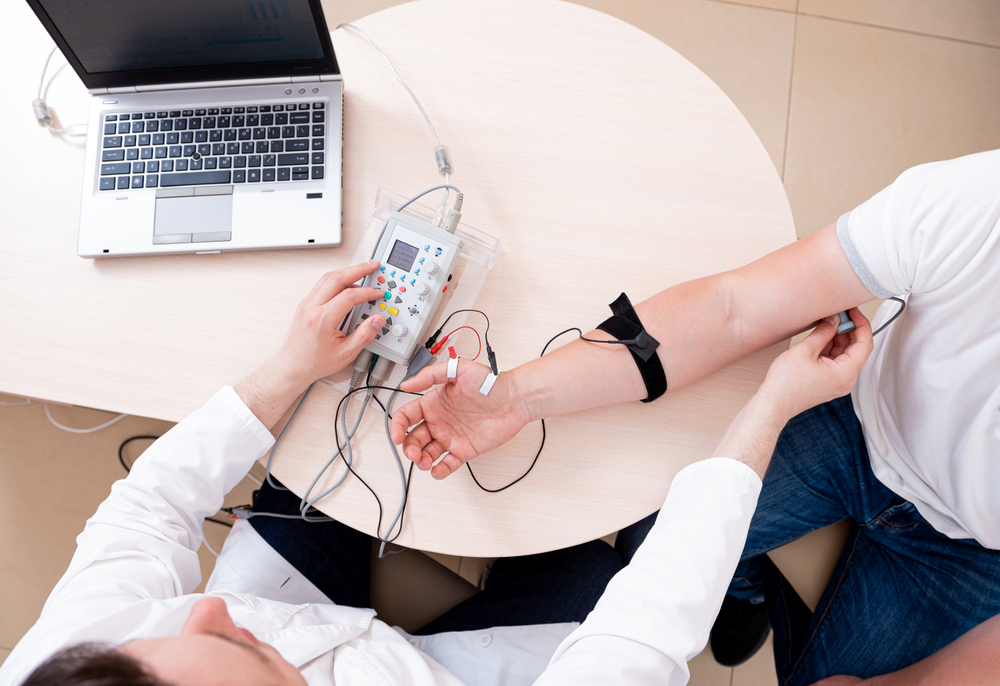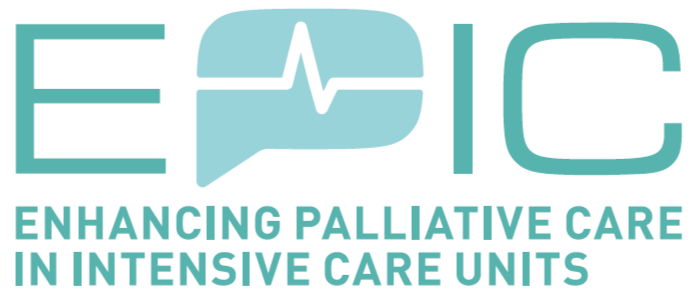ESAIC News
Newsletter March 2024: Barcelona – a city easy to adore
As a young specialist, it was a great pleasure to learn I could participate in the ESAIC Exchange Programme. Realising it would be in Barcelona was even better. When writing about this experience, it is simply impossible to talk only about the medical part of it. Barcelona is a city so easy to adore. Although expensive and, in certain areas, somewhat unsafe, it is charming, full of life and beautiful. Not only because of its architecture and the magnificent Antoni Gaudí but also because of the beautiful people that occupy that beautiful place. Occupy is a word intentionally used. A word that causes headaches for the locals. I guess that is a part of the charm of the city, the contrast between such true beauty and the dangerous side of it, which makes a description of Barcelona weirdly similar to what a teenage girl dreams of a perfect boyfriend.
Okay, enough about my love affair with the city. I was there to do business. My host was Hospital Universitari de Bellvitge, and my lovely mentor was Marta Costa Reverte, alongside the Head of the Anaesthesiology Department, Maria José Colomina Soler. On my first day in the hospital, I was overwhelmed with kindness. Initially worried about my poor Spanish and non-existent knowledge of Catalan, I did not know how the communication would work. Although everybody kept repeating that they did not speak English, almost all of them did, and they did it well. For the first part of the exchange, I rotated in Reanimacío d’Urgencies or shortly Rea.
The Spanish healthcare system is very different from most European systems in that intensive care medicine is a separate speciality from anaesthesiology. In short, Rea is an anaesthesia-managed ICU for urgent postsurgical admissions, and the patients requiring prolonged ICU stay are usually transferred to the general ICU. This was completely new for me, coming from a hospital where anaesthesiologists are intensivists and manage almost all available ICU beds. They handle it in a very detailed and committed manner. What I will take home from REA is how trainees work, how they are actively encouraged to treat patients, communicate with senior staff, and how they do morning rounds. What was also great was that I could see neurophysiologists at work in Rea. Maastricht class III organ donations are also routinely performed; it was a real opportunity to witness it. What was also a learning opportunity was to listen to “passe de guardia” and realise that when something is full of medical technical phrases, my otherwise poor knowledge of Spanish becomes sufficient to understand shift handovers.
The second part of the rotation was in Cardiac anaesthesia, entering the operation theatre block, where I stayed for the rest of the exchange. Cardiac anaesthesia is considered top tier among hospital anaesthesiologists and has met the expectations. It is standardised and protocolised, and almost all anaesthesiologists have an EACTAIC diploma in TEE, which was a great learning opportunity. Patient blood management is done meticulously, rarely requiring blood transfusions, a result of great teamwork between anaesthesia, surgeons and perfusionists and where I learned one of the best words – “prolenepenia”, which is to be added to my vocabulary for the traditional surgeon-anaesthesiologist bickering. The Anaesthesia Department at this hospital does not have anaesthesia nurses, something not typical for the rest of Barcelona or Spain. Seeing all of that, both the similarities and the differences from my previous experiences, was great.
The last but not least part of the rotation was Neuroanaesthesiology. Compared to the hospital I come from, the rotation where everything was the most different from my previous experiences. The approach and the scope of the procedures they perform are remarkable. Speaking about this part of the rotation, I must mention the chief of Neuroanaesthesiology, Laura Contreras López, an inspirational person, a “badass she boss”. If you are reading this by chance, thank you for letting me see how compassion and uncompromising attitude coexist.
This brings me to the final part of this far too short format to mention all the positive aspects of the exchange. Women run Spanish medicine. This is a direct result of a rigorous and unbiased national trainee selection process, something that the Spanish people can be proud of and could serve as a role model for other countries where better practice may exist.
Thank you, ESAIC, Marta, Maylin, Laura, Laura, Elena, One, Peter, Enric, Ester, Gerrard, Eva, Roser, Ariadna, Sara, Marc and the rest of the people for the beautiful experience!
Author
- Erika Šuper-Petrinjac (MD) – DESAIC, Rijeka, Croatia










